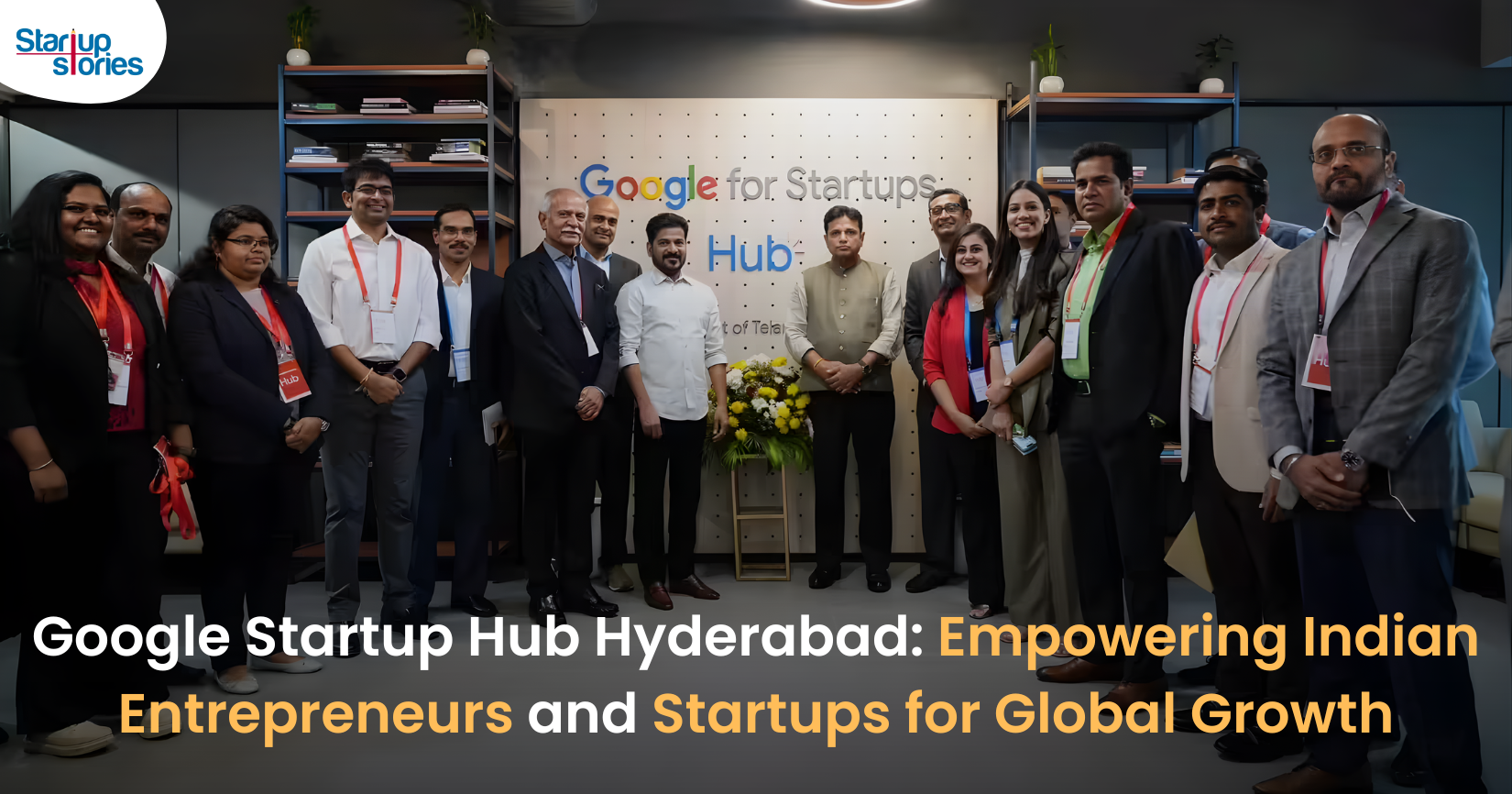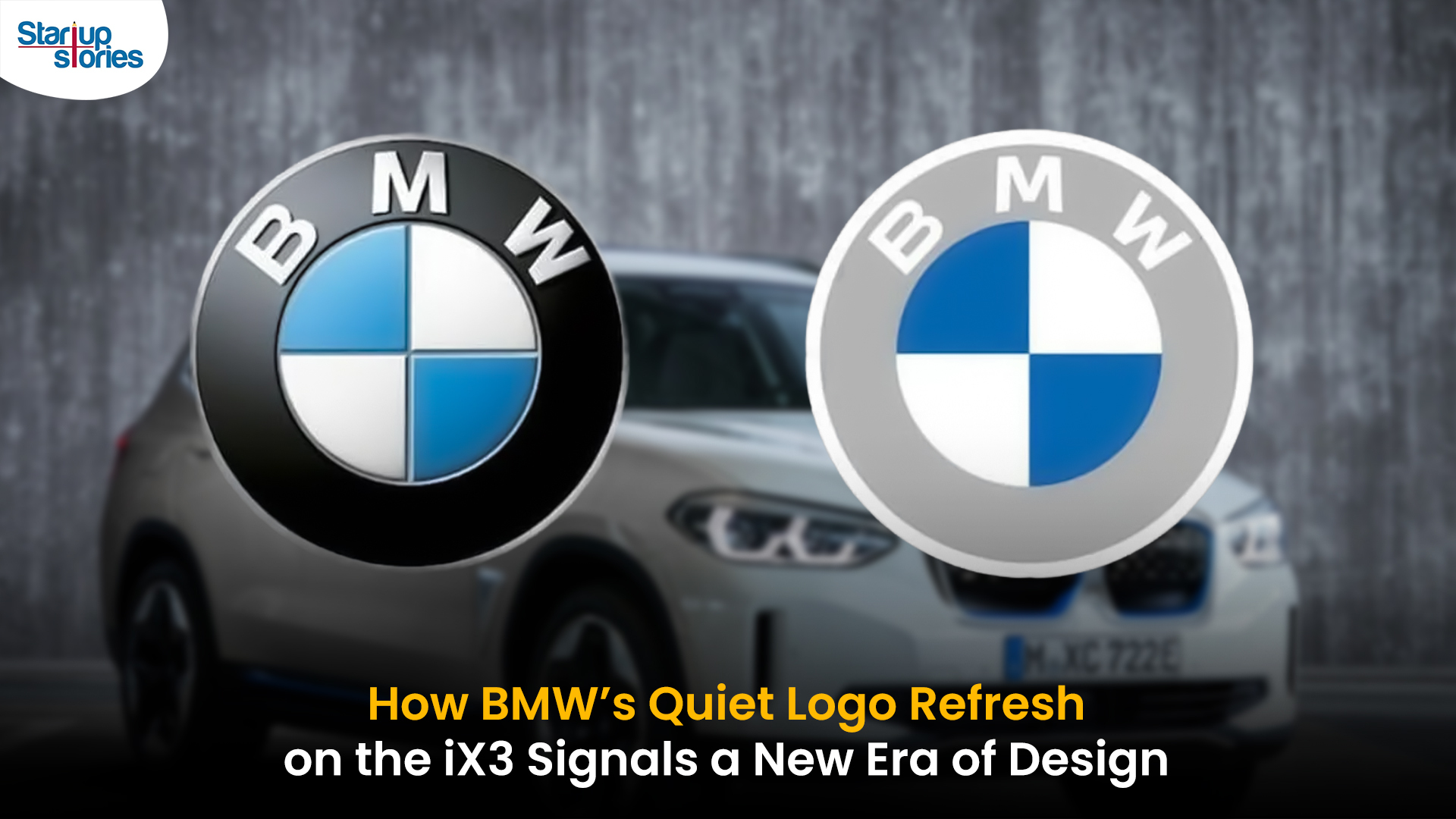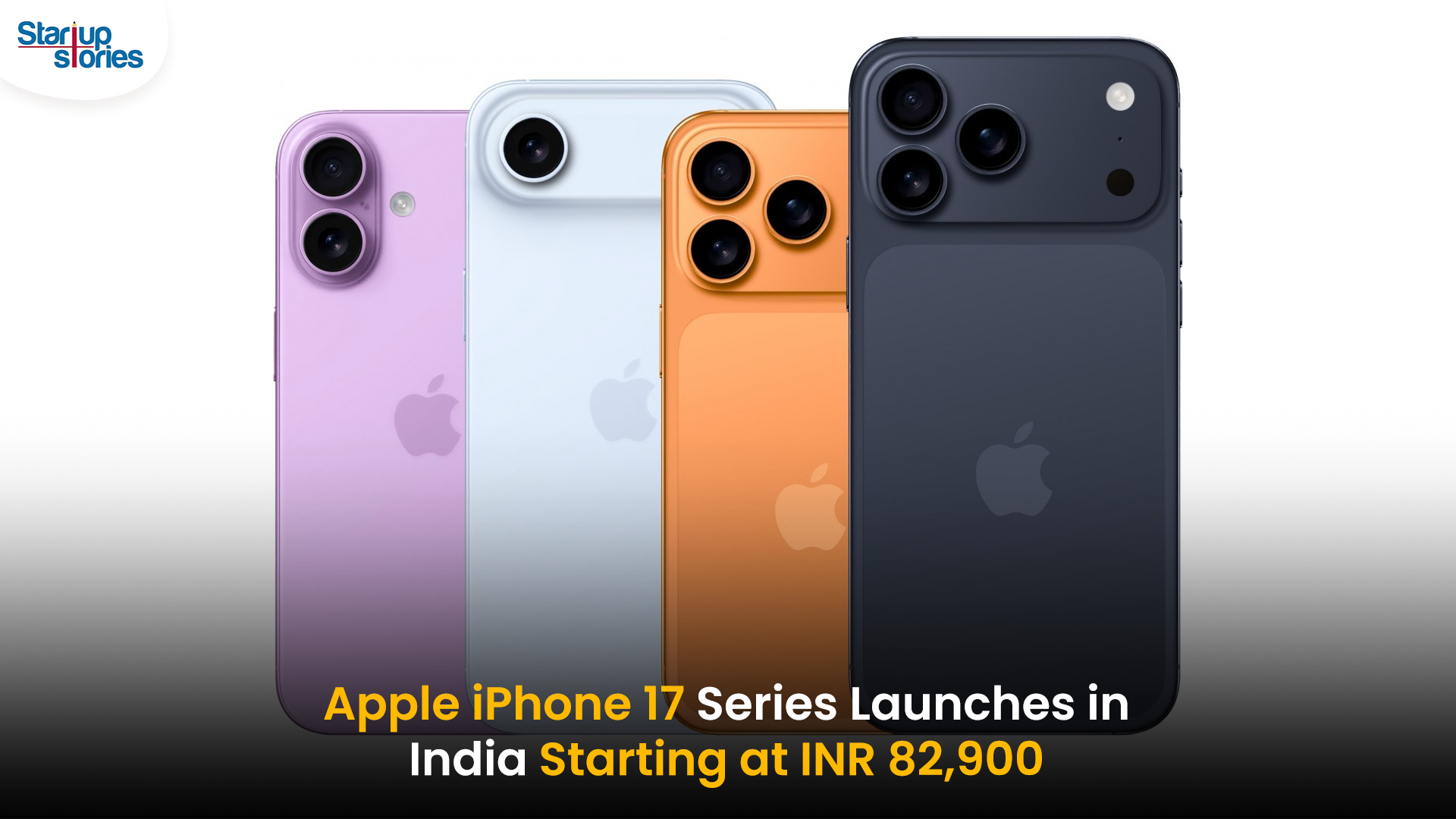News
10 Upcoming Technologies That Can Change The World

According to Winston Churchill “There is nothing wrong with change if it is in the right direction.”
The same applies to technology too. Technology is something which has changed our lives for the better. May it be smartphones, cloud computing or multi-touch tablets, all these innovations revolutionized our life. However, this is just the beginning.
Here, we present 10 upcoming technologies which will definitely change the world.
1) Form 1
Form 1 is an affordable, high-resolution 3D printer. This Form 1 printer is engineered in such a way that with just a touch of a button, high-resolution parts can be printed. With this, one can spend more time in designing and less time in setting up prints. The Form 1 post-processing kit helps keep your desktop organized so that you can easily put the finishing touches on your masterwork.
This product can be yours at just $2,799.
2) Oculus Rift
Oculus Rift is a virtual reality headset developed and manufactured by Oculus VR, a division of Facebook. This 3D headset lets you feel that you are actually in a video game. It has integrated headphones which provide a 3D audio effect, rotational and positional tracking. There will also be a 3D space which will allow the user to use the Rift when sitting, standing or walking in the same room.
You can experience this Rift at just $300.
3) Google Glass
Google Glass is an optical head-mounted display designed in the shape of a pair of eyeglasses. It was developed by Google X with the mission of producing a ubiquitous computer. Google Glass is quite smaller and slimmer than previous head-mounted designs. With the help of Google Glass, one can get updates about social media feeds, Google Maps as well as navigate with GPS and take photos too.
This optical head-mounted display is priced at $1,500.
4) Eye Tribe
Eye Tribe is a Danish startup company that produces eye tracking technology.
This Eye Tribe software allows its users to direct a smartphone, tablet or a computer with just a look of an eye. The game Fruit Ninja usually needs a touch to slice a fruit, but with this Eye Tribe Technology, one can cut the fruit with the movement of their eyes. Currently, this company is still seeking partnership so that they can launch into the consumer market.
5) Project Fiona
Razer’s Project Fiona is a gaming tablet built for hardcore gaming. Razer very well knows how to build user experience straight into the tablet. The features include 3-axis gyro, magnetometer, accelerometer and full-screen user interface supporting multi-touch.
6) Firefox OS
Mozilla had built a new operating system from scratch which will provide its users true openness, freedom and user’s choice. The initial development works involved three major software, namely Gonk, Gecko and Gaia. This application uses open standards and approaches such as JavaScript and HTML5 that can communicate directly with the hardware.
7) Parallella
Parallella is a kind of a supercomputer. It is an energy efficient computer built for processing complex software simultaneously and effectively. Real-time object tracking, holographic heads-up display and also speech recognition can go way ahead with the help of Parellella.
It can be magically yours at just $99.
However, it is not recommended for non-Linux users.
8) Google Driverless Car
The Google Driverless car is powered by Artificial Intelligence that utilizes the input from the video cameras inside the car and also a sensor attached on the vehicle’s top. Some radars and position sensors are also attached on various parts of the car. But the manufacturer is currently facing a challenge to forge the system for affordable cars that every worker can afford with an average salary.
9) Leap Motion
Leap Motion is technology which lets you control the desktop with fingers but without touching the screen. This will allow you to scroll the web page, zoom in the map and the photos and even sign documents.
You can own this future tech with just $70.
10) SmartThings
SmartThings is that technology upgrade which makes every device, may it be digital or nondigital connect together to benefit you. With this technology, one can detect smoke alarms and also have humidity, pressure and vibration sensors to detect changes in your house. You can also track who had entered the house and also turn on the lights when entering the room.
This SmartThings technology only costs around $500.

News
Google Launches Startup Hub in Hyderabad to Boost India’s Innovation Ecosystem

Google has launched the Google Startup Hub Hyderabad, a major step in strengthening India’s dynamic startup ecosystem. This new initiative aims to empower entrepreneurs, innovators, and developers by giving them access to Google’s global expertise, mentoring programs, and advanced cloud technology. The hub reflects Google’s mission to fuel India’s digital transformation and promote innovation through the Google for Startups program.
Located in the heart of one of India’s top tech cities, the Google Startup Hub in Hyderabad will host mentorship sessions, training workshops, and networking events designed for early-stage startups. Founders will receive Google Cloud credits, expert guidance in AI, product development, and business scaling, and opportunities to collaborate with Google’s global mentors and investors. This ecosystem aims to help Indian startups grow faster and compete globally.
With Hyderabad already home to tech giants like Google, Microsoft, and Amazon, the launch of the Google Startup Hub Hyderabad further cements the city’s position as a leading innovation and technology hub in India. Backed by a strong talent pool and robust infrastructure, this hub is set to become a growth engine for next-generation startups, driving innovation from India to global markets.
News
BMW’s New Logo Debuts Subtly on the All-Electric iX3: A Modern Evolution

BMW quietly debuted its new logo on the all-electric iX3, marking a significant yet understated shift in the brand’s design direction for 2025. The updated emblem retains the classic roundel and Bavarian blue-and-white colors, but sharp-eyed enthusiasts noticed subtle refinements: the inner chrome ring has been removed, dividing lines between blue and white are gone, and the logo now features a contemporary satin matte black background with slimmer “BMW” lettering. These enhancements showcase BMW’s embrace of modern minimalism while reinforcing their commitment to premium aesthetics and the innovative Neue Klasse philosophy for future electric vehicles.
Unlike rival automakers that reveal dramatic logo changes, BMW’s refresh is evolutionary and respectful of tradition. The new badge ditches decorative chrome and blue borders associated with earlier electric models, resulting in a flatter, more digital-friendly design that mirrors recent branding seen in BMW’s digital communications. Appearing first on the iX3’s nose, steering wheel, and hub caps, this updated identity will gradually be adopted across all BMW models—both electric and combustion—signaling a unified brand language for years to come.
BMW’s strategic logo update represents more than just aesthetic reinvention—it underscores the brand’s dedication to future-ready mobility, design continuity, and a premium EV experience. As the new roundel begins rolling out on upcoming BMW vehicles, it stands as a testament to the automaker’s depth of detail and thoughtful evolution, offering subtle distinction for keen observers and affirming BMW’s iconic status in the ever-changing automotive landscape.
News
iPhone 17 India Price, Features & Availability: All You Need to Know

Apple has officially launched the highly anticipated iPhone 17 series in India, with prices starting at INR 82,900 for the base 256GB model. The new lineup includes the iPhone 17, iPhone 17 Pro, iPhone 17 Pro Max, and the newly introduced ultra-slim iPhone Air. Apple has removed the 128GB storage variant, making 256GB the minimum for all models. The standard iPhone 17 features a vibrant 6.3-inch ProMotion OLED display with a 120Hz refresh rate and an upgraded Ceramic Shield 2 for improved durability. It comes in fresh color options like lavender, mist blue, sage, white, and black.
The iPhone 17 Pro and Pro Max models are powered by Apple’s latest A19 Pro chip and start at INR 1,34,900 and INR 1,49,900, respectively. These Pro models feature sleek titanium frames, significant camera upgrades including 8K video recording, and up to 6x optical zoom in the Pro Max. Meanwhile, the iPhone Air, priced from INR 1,19,900, is the slimmest and lightest iPhone ever, boasting a 6.7-inch Super Retina XDR display with ProMotion technology and a triple-camera setup, positioning itself between the standard and Pro models.
Pre-orders for the iPhone 17 series commence on September 12, with sales beginning on September 19, 2025. Alongside the launch, Apple has reduced prices for the previous iPhone 16 models while discontinuing the iPhone 16 Pro and Pro Max variants. The iPhone 17 series exemplifies Apple’s ongoing commitment to enhancing display technology, camera capabilities, and overall performance, setting a new benchmark for premium smartphones in the Indian market.











48cwn
June 7, 2025 at 9:39 am
can i order clomiphene without rx clomid at clicks how to get clomid without dr prescription can i order cheap clomiphene online what is clomiphene medication where to buy clomid pill can i buy clomid no prescription
站群程序
November 6, 2025 at 4:45 pm
采用高效谷歌站群策略,快速提升网站在搜索引擎中的可见性与权重。谷歌站群
MM88
November 7, 2025 at 7:26 pm
Khám phá thế giới giải trí trực tuyến đỉnh cao tại MM88, nơi mang đến những trải nghiệm cá cược thể thao và casino sống động.
谷歌外推
November 9, 2025 at 1:44 pm
采用高效谷歌外推策略,快速提升网站在搜索引擎中的可见性与权重。谷歌外推
Kuwin
November 10, 2025 at 6:54 pm
kuwin sở hữu kho game đa dạng từ slot đến trò chơi bài đổi thưởng, mang đến cho bạn những giây phút giải trí tuyệt vời.
iwin
November 16, 2025 at 11:47 pm
iwin – nền tảng game bài đổi thưởng uy tín, nơi bạn có thể thử vận may và tận hưởng nhiều tựa game hấp
J88
November 25, 2025 at 12:04 am
Đến với J88, bạn sẽ được trải nghiệm dịch vụ cá cược chuyên nghiệp cùng hàng ngàn sự kiện khuyến mãi độc quyền.
online Gambling
December 18, 2025 at 7:41 pm
online Gambling online Gambling